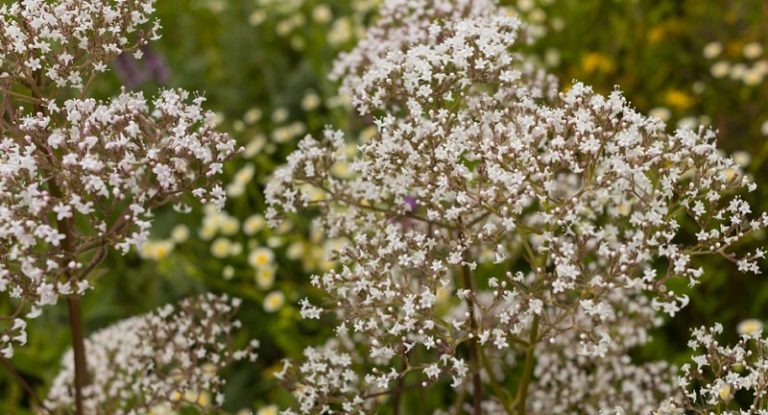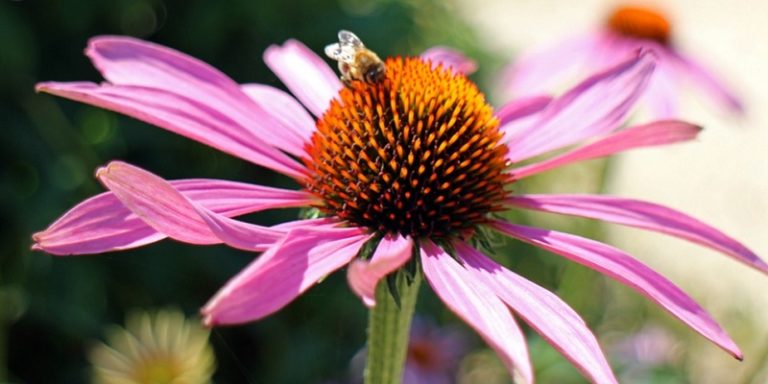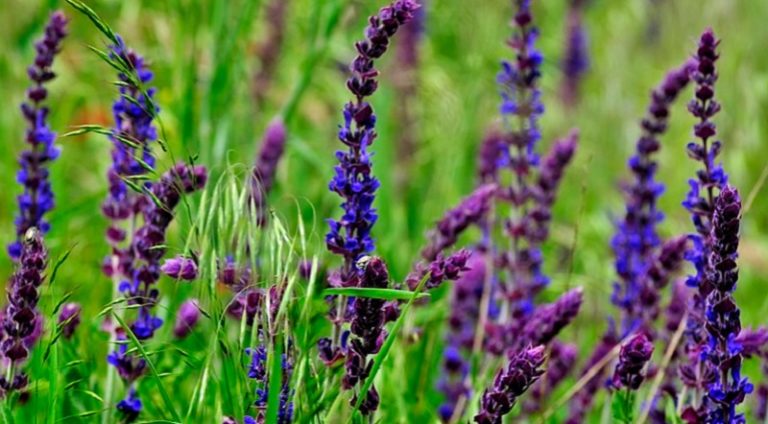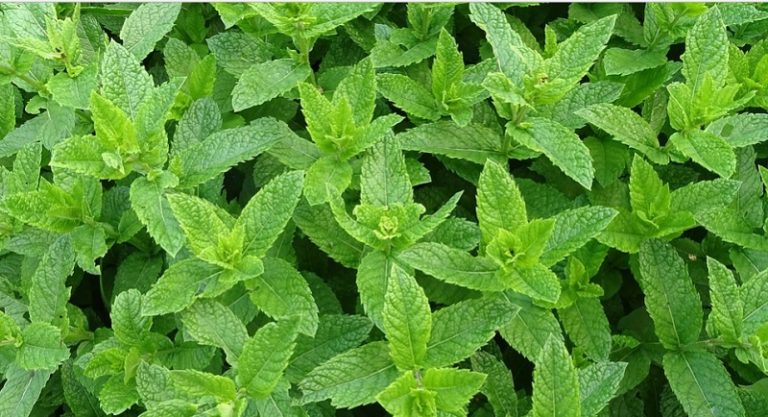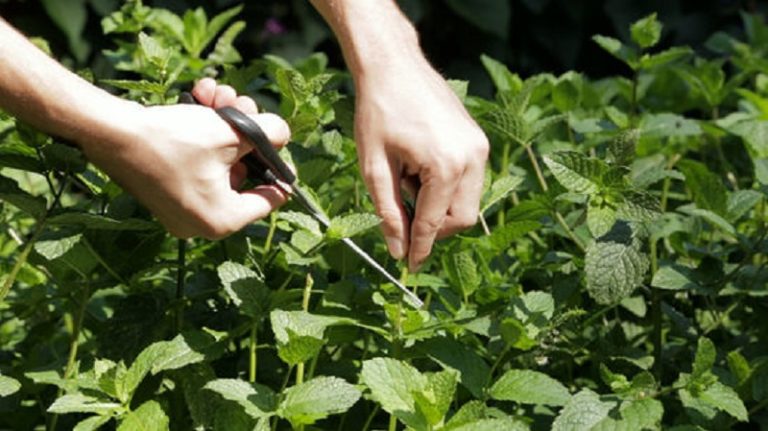Medicinal plants: chokeberry (chokeberry). When to collect and how to store
Chokeberry is a berry that is not very popular in our country, which has a lot of useful properties and helps to maintain health and cope with various diseases.
Chokeberry (or Chokeberry) is a small fruit tree or shrub of the Aronia species, of the Pink family. Chokeberry fruits are edible black berries with a sour-sweet taste and a slightly tart aftertaste. Chokeberry blooms in May – June. The crop is harvested in September – October.
The chokeberry is native to North America, where its beneficial properties were used by the Indians to treat many ailments.
Chemical composition of chokeberry
Chokeberry is rich in vitamins A, C, E, PP, group B. It contains iodine, iron, magnesium, copper, manganese, boron, fluorine and other macro- and microelements, as well as sugar, organic acids, pectin and tannins and other compounds beneficial to health.
The calorie content of chokeberry is about 50 kcal per 100 grams of product.
Useful properties of chokeberry
Chokeberry has a huge range of beneficial properties for the body:
- Chokeberry increases immunity, has a tonic effect.
- Helps to strengthen the walls of blood vessels, increases their elasticity and firmness.
- Helps lower blood pressure. Experts recommend including chokeberry, as well as juice, preserves and jams from it in the diet of people suffering from hypertension.
- Helps to remove radionuclides, salts of heavy metals, and some types of pathogenic microorganisms from the body.
- Chokeberry contains a lot of iodine, so it is useful for some thyroid ailments. It has a beneficial effect on the endocrine system.
- Aronia has a good effect on the functioning of the digestive system, eliminates spasms, has choleretic properties, and helps to cope with gastritis with low acidity.
- Chokeberry helps lower blood sugar levels and is recommended for diabetes.
- Prepare 3 tbsp. l. tablespoons of dried berries.
- Pour 400 ml of boiling water.
- Insist for a day. Drink three times a day, drink half a glass at a time.
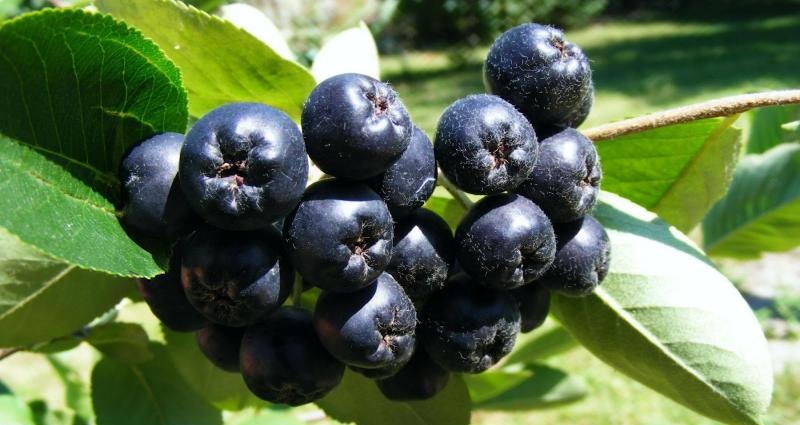
Contraindications to the use of chokeberry
Chokeberry is contraindicated in frequent constipation, peptic ulcer, gastritis with high acidity, hypotension, thrombophlebitis and increased blood clotting.
How to eat chokeberry
Aronia berries are good to eat fresh. But in order to use chokeberry at high pressure or, conversely, with hypotension all year round, you need to use dried fruits. Their healing properties are influenced by the period and place of harvesting.
Infusion of chokeberry fruits should be done like this:
Berries go well with rose hips, black currants. With regular use, blood circulation is normalized.
Methods for harvesting chokeberry
The time for picking berries is the beginning of autumn, part of the crop, most often, is frozen or dried in order to use chokeberry for medicinal and culinary purposes for a long time. Before harvesting, it is worth checking the ripeness of the berries: if, when pressed on the fruit, juice of a rich dark ruby color is released, then the mountain ash is ripe. Bunches cut from branches, suspended on a rope or wire in a well-ventilated area, can be stored throughout the winter, while not losing their healing properties.
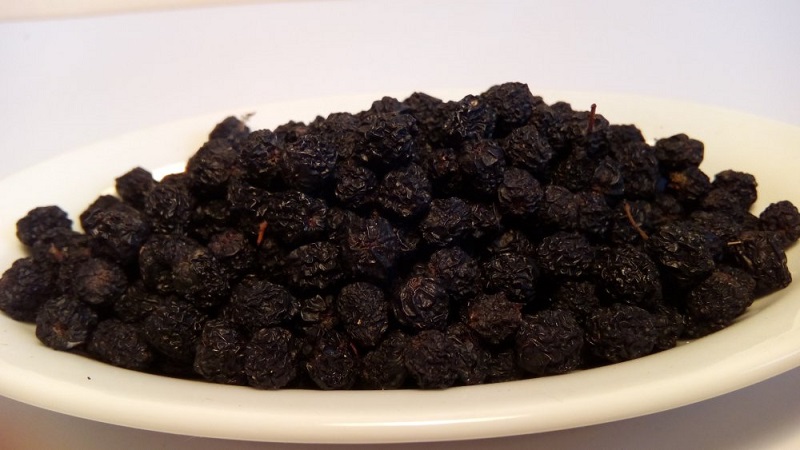
Storage of chokeberry berries – drying
Cut off the stalks from the berries and spread in a thin layer in a dark, dry, well-ventilated place. After complete drying, sort out: berries that have turned black should be discarded. It is recommended to store dried raw materials in a dark place for up to 2 years in a linen bag, cardboard packaging or glass jar.
Lavender comes in pink, purple, white, and even yellow.
Storage of chokeberry berries – freezing
The freezing process partially reduces the healing properties of chokeberry, however, there are useful substances that are still enough for its full use. You can store berries in the refrigerator for up to 8-9 months. Chokeberry can be used to cook multivitamin compotes or use them as a delicious filling for pies.


